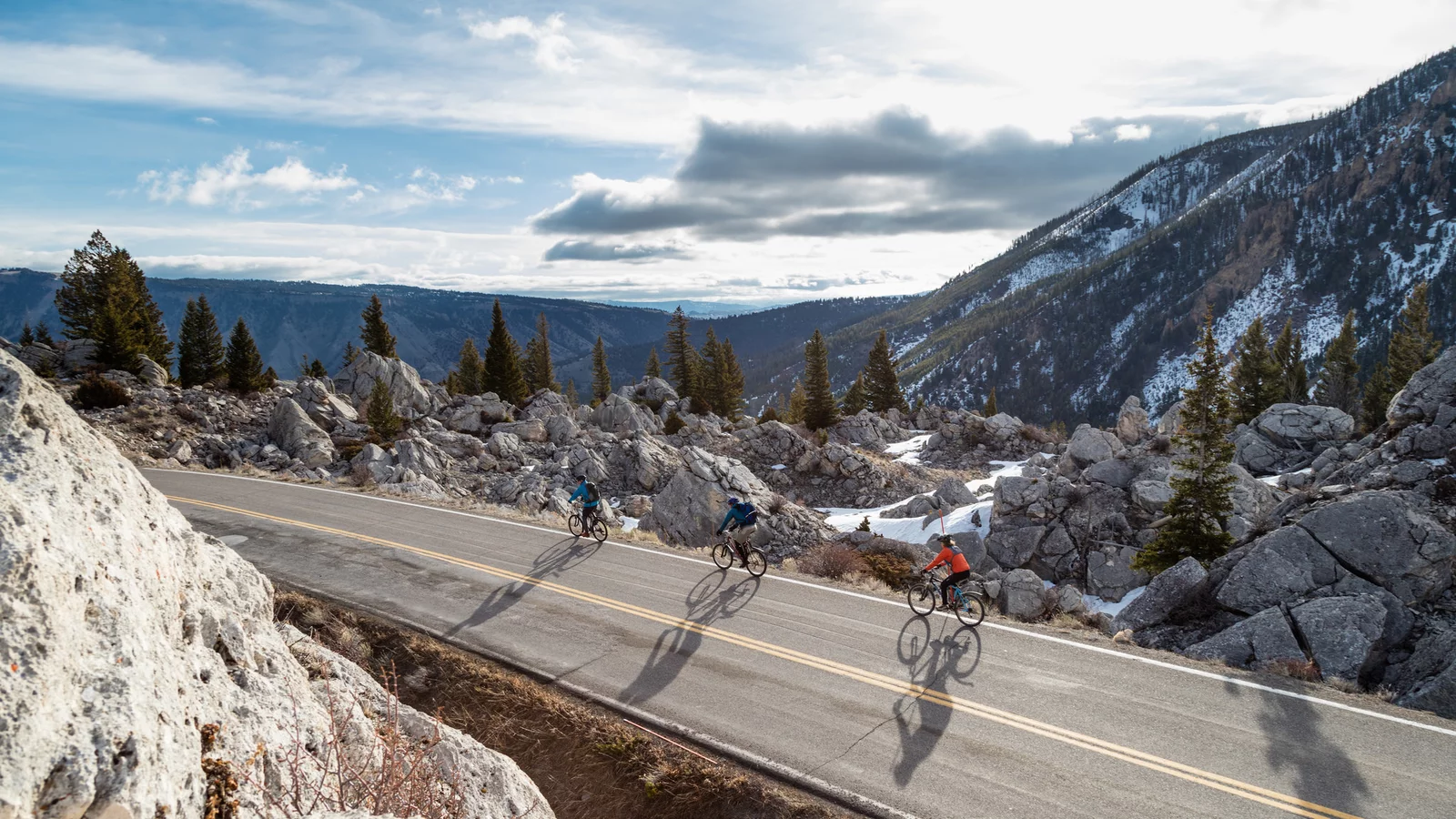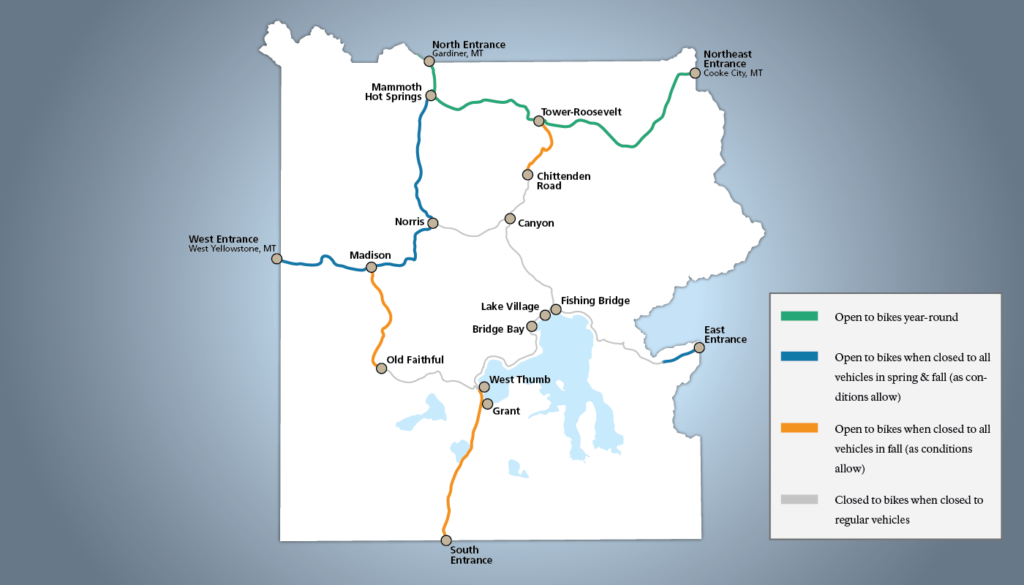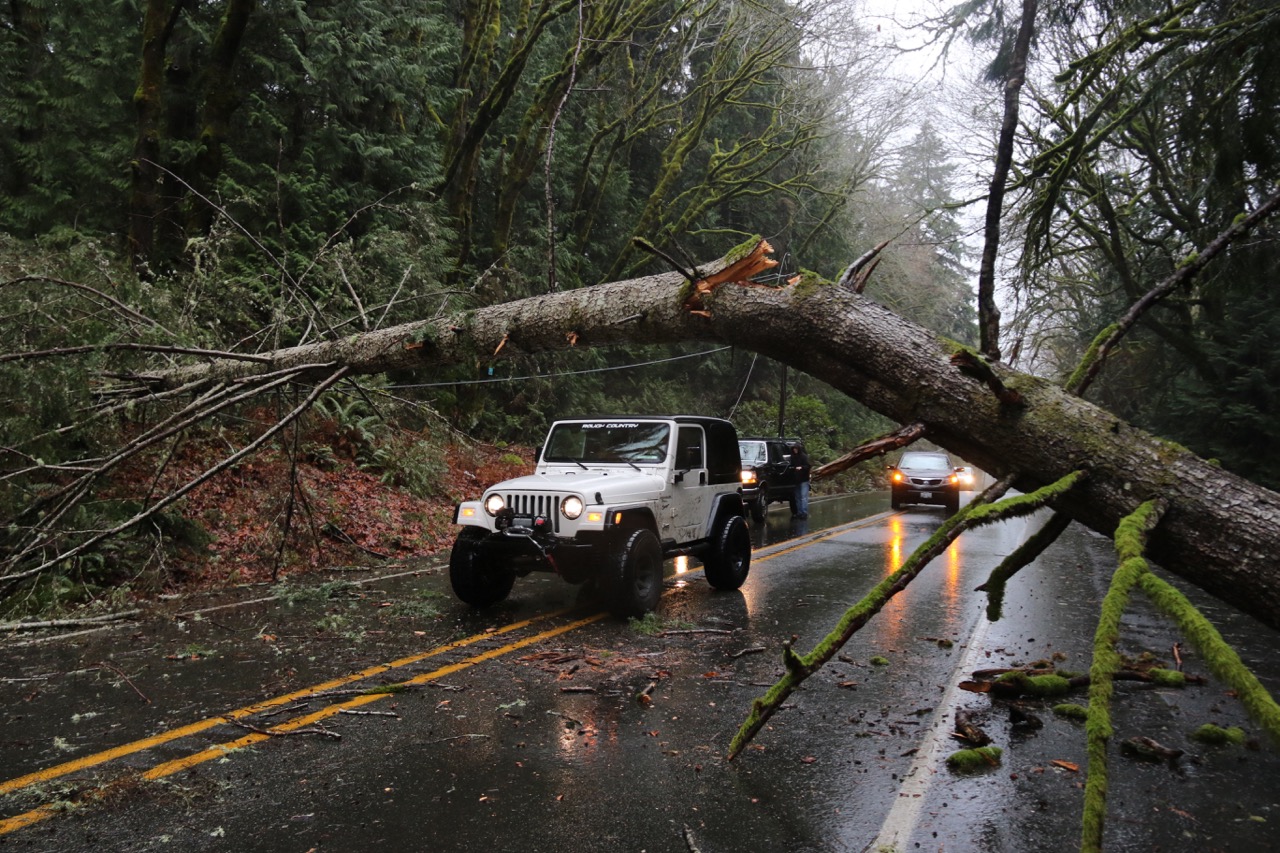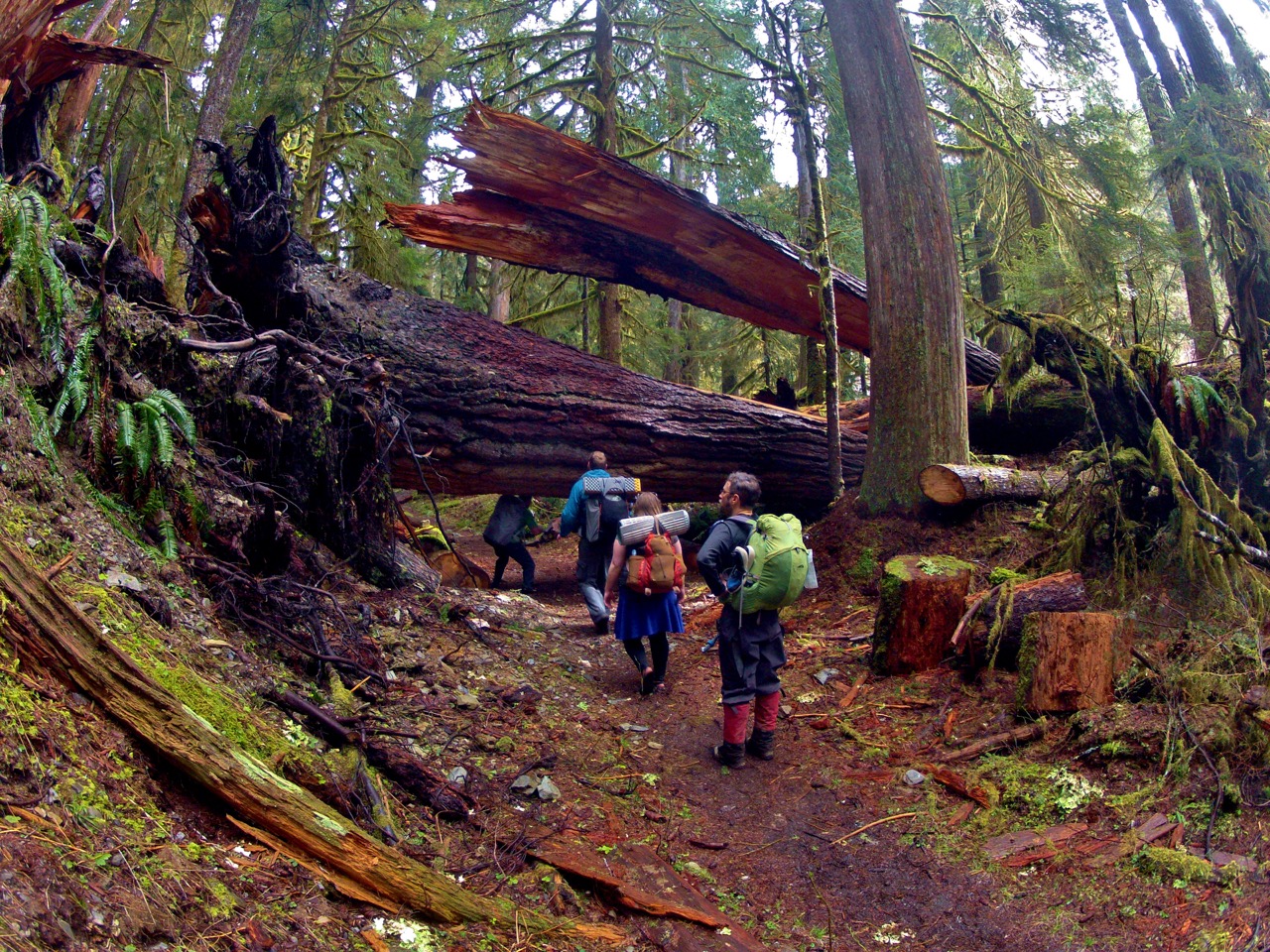As winter reluctantly loosens its grip on Yellowstone National Park, an unparalleled opportunity for adventure awaits the intrepid cyclist. Starting on Tuesday, April 2nd, cyclists can embark on a 49-mile journey between the park’s West Entrance in West Yellowstone, Montana, and the mesmerizing Mammoth Hot Springs. This thrilling route promises not only breathtaking scenery but also a test of endurance and caution amidst the park’s ever-changing spring conditions.
Be aware that this biking season is extremely short. Roads start to reopen to vehicles on April 19th.
Also, please know that you can run these roads too.
Where Can You Bike This Spring?
The designated park roads open to bicyclists encompass several key sections:
- West Entrance to Madison Junction: The inaugural leg of the journey sets the stage for what lies ahead, offering cyclists a glimpse of Yellowstone’s untamed beauty as they pedal through this iconic national treasure.
- Madison Junction to Norris Junction: Continuing onward, cyclists traverse a landscape alive with the promise of spring, where the rejuvenation of nature is palpable in every rustle of the wind and every budding tree.
- Norris Junction to Mammoth Hot Springs: The final stretch brings riders to the majestic Mammoth Hot Springs, a testament to the raw power and beauty of geothermal activity that defines Yellowstone.
For those seeking an extended adventure, bicycles may also be permitted from the East Entrance to the east end of Sylvan Pass, covering an additional six miles of awe-inspiring terrain, weather permitting.
With Great Adventure Comes Great Responsibility
Yellowstone’s unpredictable spring weather demands utmost caution from cyclists venturing into its realm. The park’s narrow roadways, coupled with potential encounters with administrative vehicles and wildlife, necessitate a vigilant approach to safety. Please look at the park’s biking website, found here.
Cyclists are urged to ride single file and remain vigilant for the presence of bears, bison, elk, moose, and other wildlife, which may utilize the roads as travel corridors. Respecting these majestic creatures and maintaining a safe distance is paramount for both their well-being and the safety of cyclists.
Furthermore, cyclists must be prepared for rapidly changing weather conditions and the possibility of temporary road closures due to snow and ice. With limited services available along the route, including sparse cell phone coverage, cyclists must be self-sufficient and prepared for emergencies.
Planning for self-rescue or repair is essential, as mechanical breakdowns or injuries can occur in remote areas without immediate assistance. Cyclists are advised to carry bear spray and familiarize themselves with its proper usage, as well as to travel during daylight hours only, with no overnight accommodations or camping options available along the route.
Despite these challenges, the rewards of embarking on this spring cycling adventure through Yellowstone are boundless. From the thrill of conquering challenging terrain to the awe-inspiring encounters with the park’s diverse wildlife, every pedal stroke offers a chance to connect with nature in its purest form.
As the park roads gradually open to cyclists and the promise of spring beckons, embrace the adventure that awaits in Yellowstone National Park. Whether it’s the mesmerizing landscapes, the captivating wildlife, or the sheer exhilaration of the ride itself, biking the roads in Yellowstone promises an experience that will linger in the hearts and memories of cyclists for years to come.




